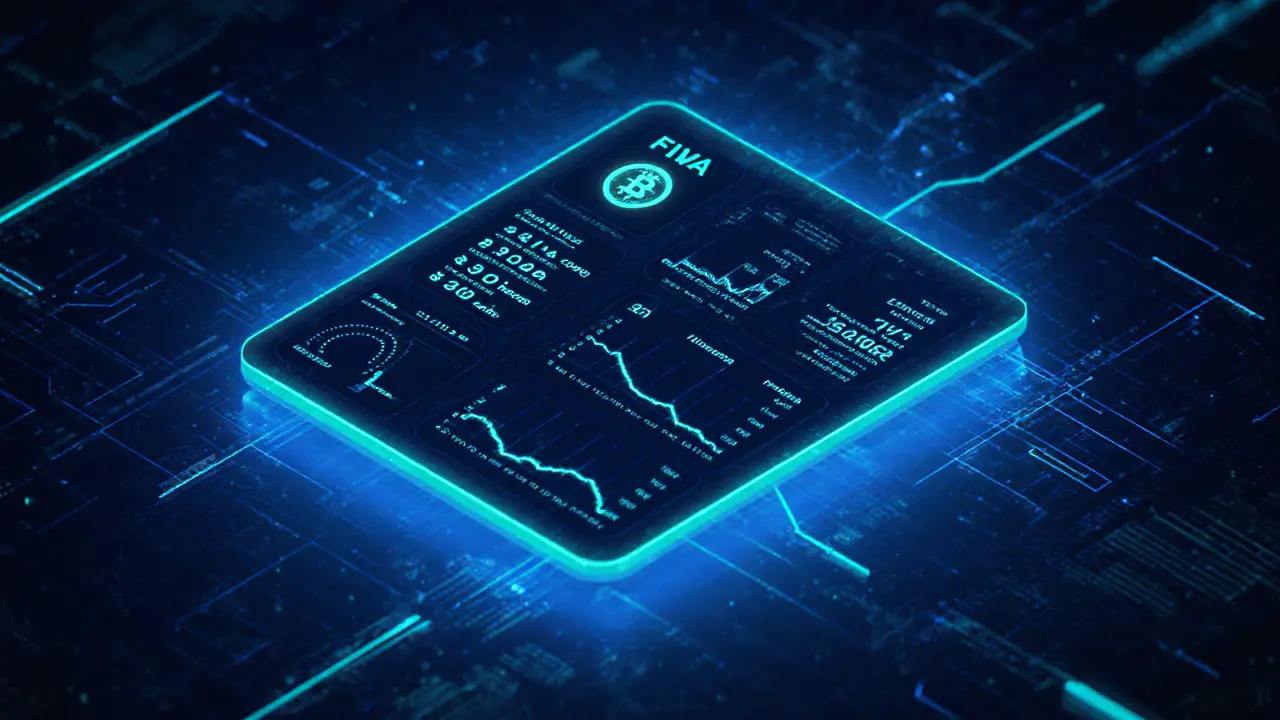FIWA tokenomics – What you need to know
When exploring FIWA tokenomics, the economic design behind the FIWA cryptocurrency. Also known as FIWA token model, it dictates how tokens are created, distributed, and used within the ecosystem.
The FIWA token, a utility token built on the Binance Smart Chain follows a deflationary tokenomics, a model that burns a portion of each transaction to drive scarcity. This tokenomics, the set of rules governing supply, rewards, and fees connects directly to the underlying blockchain, the distributed ledger that records every FIWA movement. Together they shape the token’s market behavior, influencing price trends and investor confidence.
Key components of FIWA tokenomics
At the core is the total supply cap of 100 million FIWA tokens. Unlike many projects that mint endlessly, FIWA locks the maximum amount at launch, creating a clear ceiling for scarcity. From that pool, 40% is allocated to the community via airdrops, staking rewards, and liquidity mining. Another 25% goes to the development team, vested over three years to prevent sudden sell‑offs. The remaining tokens cover marketing, partnerships, and a treasury that funds future upgrades.
Every transaction triggers a 2% burn and a 3% redistribution fee. The burn reduces circulating supply, while the redistribution rewards existing holders proportionally. This dual mechanism makes FIWA both deflationary and incentivizing – a classic example of how tokenomics requires a balancing act between scarcity and utility.
Utility is another pillar. FIWA serves as the native payment method for the FIWA Marketplace, allowing users to buy digital collectibles, pay for premium features, and access exclusive events. Because the token operates on a fast, low‑fee blockchain, micro‑transactions become practical, encouraging everyday use beyond speculative trading.
Governance also ties into tokenomics. Holders can lock FIWA in a governance vault to earn voting power. Proposals range from fee adjustments to new feature rollouts. This democratic layer ensures the community has a say in the token’s evolution, reinforcing the link between token supply decisions and real‑world outcomes.
From a market perspective, FIWA’s tokenomics directly impact liquidity. The built‑in redistribution creates a natural demand curve, while the burn fee pushes the supply curve leftward over time. Analysts often model these effects with supply‑demand equations, showing that a steady burn rate can lead to price appreciation if demand holds steady.
Risk factors shouldn’t be ignored. The deflationary model can amplify price volatility, especially when large holders dump tokens after vesting periods end. Additionally, reliance on a single blockchain means any network congestion or fee spike could affect transaction costs and user experience.
Looking ahead, upcoming upgrades aim to introduce a dynamic fee structure that adjusts based on market conditions, and a cross‑chain bridge to expand FIWA’s reach to Ethereum and Polygon. These moves illustrate how tokenomics evolves, requiring continuous monitoring and adaptation.
All these pieces – supply caps, distribution plans, burn‑and‑redistribute fees, utility, governance, and future upgrades – intertwine to form the full picture of FIWA tokenomics. Below you’ll find a curated set of articles that break down each aspect in detail, from licensing guides that affect token projects to deep dives on similar deflationary coins. Dive in to get the actionable insights you need to navigate FIWA’s economic landscape.

FIWA Token & Airdrop Details: What You Need to Know (2025)
Oct 5, 2025, Posted by Ronan Caverly
Explore FIWA token details, price outlook, airdrop history, tokenomics, and roadmap. Get a clear, up-to-date picture of DeFi Warrior's FIWA in 2025.
MORESEARCH HERE
Categories
TAGS
- decentralized exchange
- crypto exchange review
- cryptocurrency
- crypto coin
- CoinMarketCap airdrop
- smart contracts
- tokenomics
- cryptocurrency exchange safety
- crypto exchange
- cryptocurrency airdrop
- crypto airdrop
- cryptocurrency exchange
- crypto airdrop guide
- blockchain token distribution
- DeFi
- crypto exchange scam
- crypto airdrop 2025
- Ethereum
- cross-chain interoperability
- ERC-20
